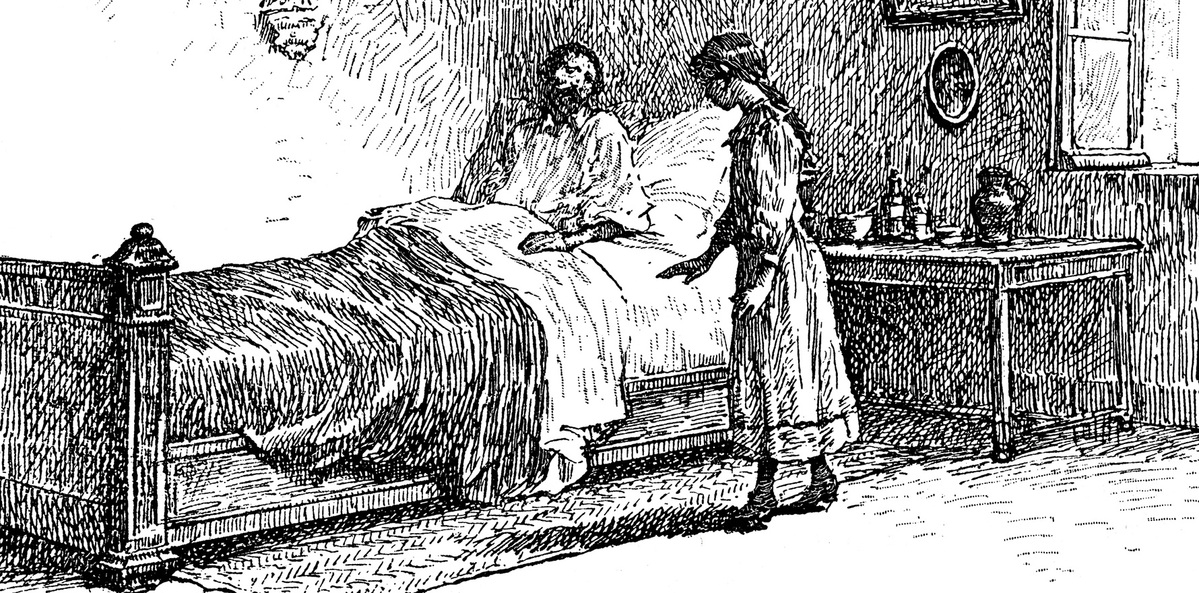As the JN.1 variant spreads, clearer messaging and better data collection will be vital to keeping mortality low.
The emergence of a new covid variant this summer, JN.1, and the continued spread of EG.5 across Australia is sparking whispers of another wave, amid a worrying rise in hospitalisations.
The government is hanging the vulnerable out to dry, with apathetic messaging and lacklustre data collection leaving the covid picture confused and placing GPs, once again, at the helm, one expert says.
Speaking to The Medical Republic, biostatistician and epidemiologist at the University of South Australia Professor Adrian Esterman said that while “we’re almost certainly in another big [covid] wave at the moment”, his estimations were based on anecdotal evidence and hospitalisation numbers, as it’s hard to say anything with certainty given the available data.
According to DoHAC’s National Notifiable Diseases Surveillance System, there have been 16,111 covid notifications so far this year. Over 11% were in over-85s.
But inconsistencies in how states are reporting, confusion over mandatory reporting and a “dog’s breakfast” of a DoHAC national case tracker which is “impossible to use” and not up to date, leaves case numbers “almost uninterpretable”, said Professor Esterman.
“A year ago we were getting weekly updates from states and territories on how many cases there were, how many hospitalisations, how many ICU admissions, how many deaths … and most people were testing,” he said.
“So we had a pretty good handle on how good or bad things were getting.
“Now it’s exactly the opposite.”
It remains impossible to know from the data currently available if the worst of this “wave” is behind us, he added.
But from a hodgepodge of recent announcements and hospitalisation data available, here’s what we do know is happening across the states.
This week, NSW’s Head of Health Protection Dr Jeremy McAnulty said around 1400 people were presenting to EDs each week with covid, with around 400 people admitted to hospital.
In Victoria, the number of people in hospital with covid is the highest since the last peak in May/June last year, averaging 377 in the week up to 2 January.
Queensland has recorded more than 1800 cases in the week to 1 January, up from 1769 the previous week. No hospitalisation data was published in their most recent update.
South Australia also did not provide an update on hospitalisation in its most recent data but recorded almost 2000 cases in the week to 5 January, up from 1475.
In the week following 29 December, the ACT reported 20 covid cases in hospital, up from 15.
Tasmania saw covid hospital admissions rise from 45 to 53 in the week ending 4 January, two people were admitted to ICU and 813 cases were recorded.
The weekly hospitalisation average rose from 162 to 180 in Western Australia.
The NT has not published covid data since November last year.
Professor Esterman said that some recent studies have suggested JN.1 has a greater affinity for lung cells which could indicate the possibility of more serious illness.
But it is likely to be JN.1’s infectiousness that has caused the spike.
“It’s just a numbers game,” Professor Esterman told TMR.
“The more cases you have, the more chance to have someone having severe illness.”
According to a paper in the Lancet this month, JN.1 “is one of the most immune-evading variants to date”.
And while most healthy vaccinated people may be fine, the elderly are at risk, with only 20% up to date with their booster shots.
Professor Esterman said clear messaging was needed to rouse vulnerable people into updating their boosters and protecting themselves with an N95 mask.
“We’re simply not seeing that messaging,” he said. “The government has given up on vulnerable people.
“[The government] doesn’t really care any more, it simply says ‘get on with it, you’re at risk, it’s up to you to sort something out’.”
Related
Providing consistent messaging had been left to – surprise, surprise – the humble GP.
Professor Esterman said he hoped GPs were discussing covid safety with their older patients, a group with often poor health literacy.
Current federal advice recommends boosters for adults aged 65 and over, 18-64 with relevant comorbidities, a disability or complex health need.
A second booster is recommended for adults over 75 and can be provided for all adults 65-74 and severely immunocompromised adults.
Boosters are not recommended for those under 18 without risk factors for severe covid.
But according to Professor Esterman, pharmacists often take these “recommendations” as gospel, which leads to confusion around who can get a booster.
As of 6 December, according to national immunisation data, 4.5 million booster doses were administered in 2023 with 15% of 65- to 74-year-olds and 23% of all 75+ adults receiving a booster shot.
While the current vaccines target older variants of the virus, experts suggest it will protect against serious illness and death from JN.1, which currently makes up around 35% of cases in NSW.
Professor Esterman hoped the newly established CDC, which is currently attached to DoHAC but will eventually be “independent of politicians, thank god”, would make covid a top priority and sort out the current data “mess”.





